Following the simple verses, imbued with a spirited poetic essence, about the source of Pa Dí folk songs, along the autumn road of Northwest Vietnam, up the misty mountain peaks, we arrived at the homeland of the "tree with two thousand leaves" when the sunflowers along the roadside to Muong Khuong began to bloom with yellow flowers.

Whenever I think of the Pa Dí people, the image that immediately comes to mind is the roof-shaped hat worn by the women. This image is easily encountered during visits to Pa Dí villages, or unexpectedly at the Mường Khương market. While Hà Nhì girls wear large braided wigs, and Red Dao women wear brightly colored hats with tassels, Pa Dí women wear a tall, pointed hat that resembles a house roof.

Seeking an explanation for the unique appearance of the "roofs" on the heads of Pa Dí women, we visited Mrs. Pờ Chin Dín's house in Chúng Chải B, Mường Khương town. She explained that the Pa Dí people believe "women build the home," so their traditional headwear mimics a roof – the place where women in the family have the sacred role of "keeping the fire burning"...
According to the traditional customs of the Pa Dí people, when welcoming a daughter-in-law to her husband's home, the mother-in-law usually sews and gifts her a traditional ethnic hat shaped like a house roof, hoping that the daughter-in-law will bring blessings and good fortune to her husband's family.

I remember, some time ago, Mrs. Pờ Chản Lền, a woman specializing in making traditional Pa Dí ethnic clothing and headwear in Cốc Ngù village, Nậm Chảy commune, explained about this special "roof": The Pa Dí people often use the colors of their clothing and the style of their "roof" hats to distinguish between young and old, unmarried and married. If making clothing for young girls, the mother still uses dark indigo fabric as the main material for cutting and sewing shirts, skirts, and other accessories such as headscarves and "roof" hats. The embroidery uses brighter colors, mainly blue, red, white, and yellow threads...

Returning to the story of Mrs. Pờ Chin Dín, we heard her recount how, as a child, she loved sewing and embroidery, so she taught herself to sew when she was only 13 or 14 years old. Driven by this love and passion, Mrs. Dín experimented and practiced cutting fabric, looking at sample dresses and embroidering. If she didn't know something, she would ask her mother and older sister. In this way, her sewing skills improved over the years, growing with her… Initially, she sewed and embroidered clothes for herself, but after getting married, she started sewing clothes for her husband and children… Whenever she had free time, she would diligently work at her sewing machine, meticulously with needle and thread.

Ms. Din also wholeheartedly guides the Pa Di people in sewing and embroidery. In Chung Chai B, she enthusiastically teaches anyone who loves embroidery and sewing, because she is concerned and hopes that future generations will not let the ethnic traditions fade away.

A complete Pa Dí ethnic costume, including skirt, blouse, and hat, costs nearly ten million dong. It takes her many months to make, with the roof-shaped hat requiring the most meticulous work and time. To create a traditional roof-shaped hat, the Pa Dí people use headscarves, hair ties, forehead scarves, and neck scarves. The neck scarf is decorated with colorful tassels made from cotton or wool yarn.
The hat, shaped like a roof, is made from hand-woven cotton fabric dyed with indigo. Pa Dí women skillfully assemble and apply multiple layers of beeswax paste to stiffen the hat, making it waterproof in the rain. The front of the forehead is elaborately decorated with white silver in a sinusoidal pattern, symbolizing corn or rice grains. The upper part is made of linen or cotton wrapped with sparkling silver thread. The back has a rectangular silver frame embroidered with images of birds and trees, representing a life close to nature. When wearing the hat, Pa Dí women tie their hair up high on top of their heads, covering it with the top part of the hat. The lower part is coiled to hold the hair and hat in place, allowing Pa Dí girls to move freely without the hat shifting during festivals or work.

Besides embroidering and sewing traditional costumes, Mrs. Pờ Chin Dín also knows how to sing folk songs. While talking to us, Mrs. Dín took a round instrument from her family's wooden cabinet and showed it to us. The round instrument is a musical instrument used to perform Pa Dí folk songs. It is made of wood, has four strings, and its head is shaped like a dragon's head, symbolizing the power of life, goodness, luck, and prosperity.
Fascinated by traditional musical instruments and deeply in love with traditional culture since childhood, Ms. Dín has dedicated her life to the round-stringed instrument from the age of 15 until now. Ms. Dín recounts: "When I was little, I often followed my siblings to folk music performances and secretly practiced playing the instrument during their breaks. That's how I learned to play, and my passion for playing the instrument seeped into me without me even realizing it."

By now, Mrs. Dín has mastered playing the round-stringed instrument and knows many Pa Dí folk songs by heart. She knows the lyrics to about 10 ancient folk songs, including songs about the 12 months and seasons of the year, the 12 zodiac animals, and songs about the life of the Pa Dí people. The Pa Dí people do not have their own written language, so their songs are passed down orally through many generations. Because she knows so many ancient songs, she is often invited to participate in local cultural and artistic activities.
The lyrics of the Pa Dí folk songs are difficult to learn and translate. If you don't know how to sing folk songs, you won't be able to understand the meaning of the lyrics...

A native of Pa Dí village, Mr. Pờ Vần Nam is approaching the age of "knowing his destiny." Inheriting artistic talent from his father, the poet Pờ Sảo Mìn, he studied at the Hoàng Liên Sơn College of Culture and Arts, then at Hanoi University of Culture. After graduating, Mr. Pờ Vần Nam joined the cultural sector of Mường Khương district. Contributing to the preservation of the local ethnic cultures, including the Pa Dí people, Mr. Pờ Vần Nam has progressed through various stages of life and is currently the Deputy Director of the Mường Khương District Center for Culture, Sports , and Communication.
Exactly 30 years ago, Mr. Pờ Vần Nam traveled extensively through villages, researching, collecting, and documenting the indigenous culture of the ethnic groups in Mường Khương. However, at that time, computers were not widespread, and records were made by hand, so many documents were lost and cannot be found again.

Through his research, Mr. Nam realized that the most unique aspects of Pa Dí culture are their clothing, folk songs, and folk dances. Therefore, many traditional cultural elements of the Pa Dí people have been recreated and developed into artistic works that combine tradition and modernity, performed in many places, such as the works of dancer Truong Duc Cuong.
The Pa Dí people preserve their ethnic culture relatively well, are hardworking and diligent, so their economic life is quite good. Previously, I spoke the Nùng language, my mother's language, but after I started working, I went to the village to learn the Pa Dí language, my father's ethnic language.
Concerned about the preservation of culture, Mr. Pờ Vần Nam shared: "I have participated in many training courses on folklore research and the Pa Dí ethnic culture research. However, despite the vicissitudes of time, I still deeply hope that the traditional culture of my people will be preserved and protected in the most effective way, thereby spreading and promoting it in the lives of the Pa Dí community."
The Pa Dí people mainly live in Tung Chung Pho commune and Muong Khuong town. The Pa Dí people celebrate their New Year (kin cheng) on the 23rd day of the 6th lunar month, with activities such as Ferris wheel rides, musical instruments, and folk singing. They also have several traditional crafts such as silver carving, incense making, rượu (rice wine) brewing, and pipe making.
Source









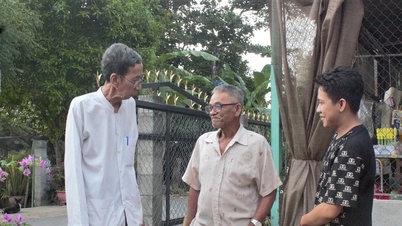





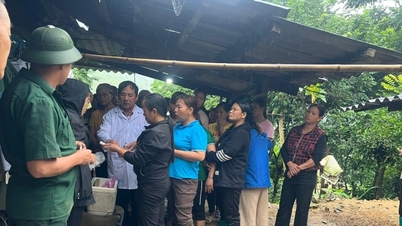
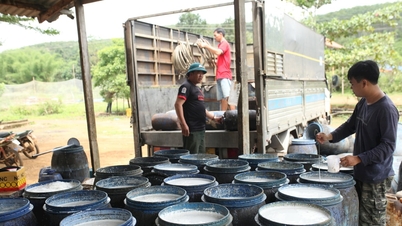






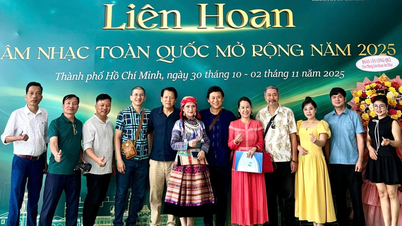





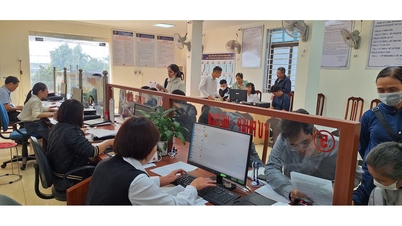


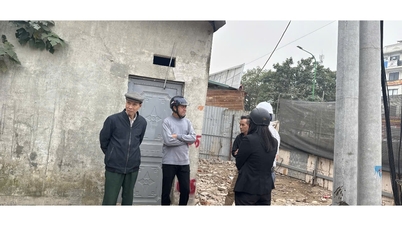

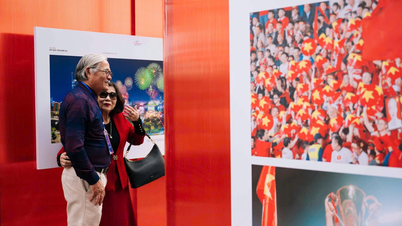



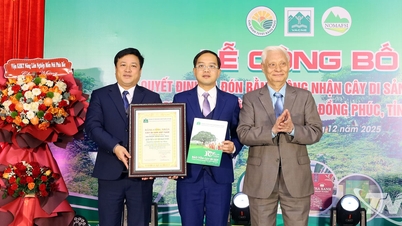





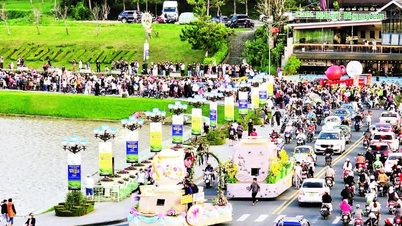
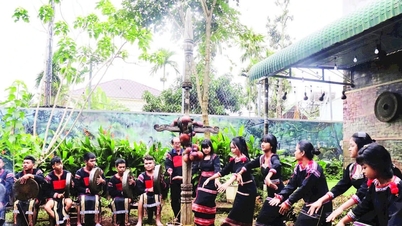






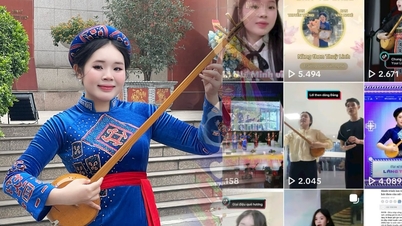
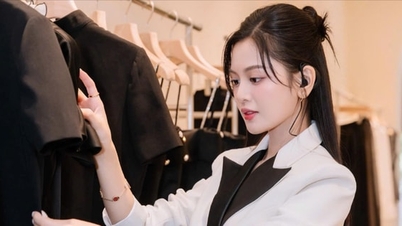

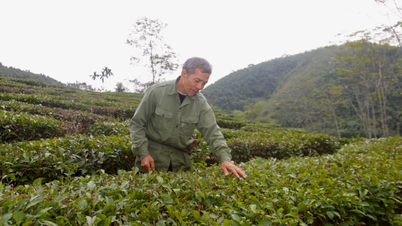


































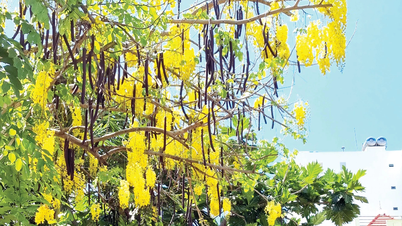

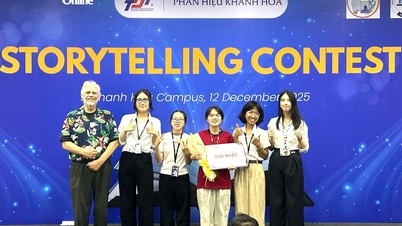
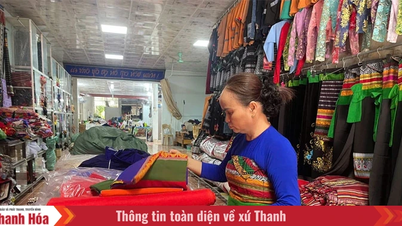

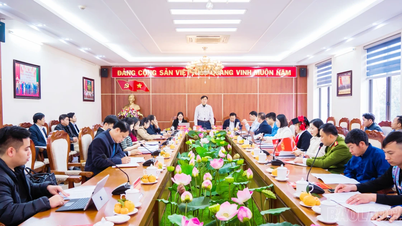












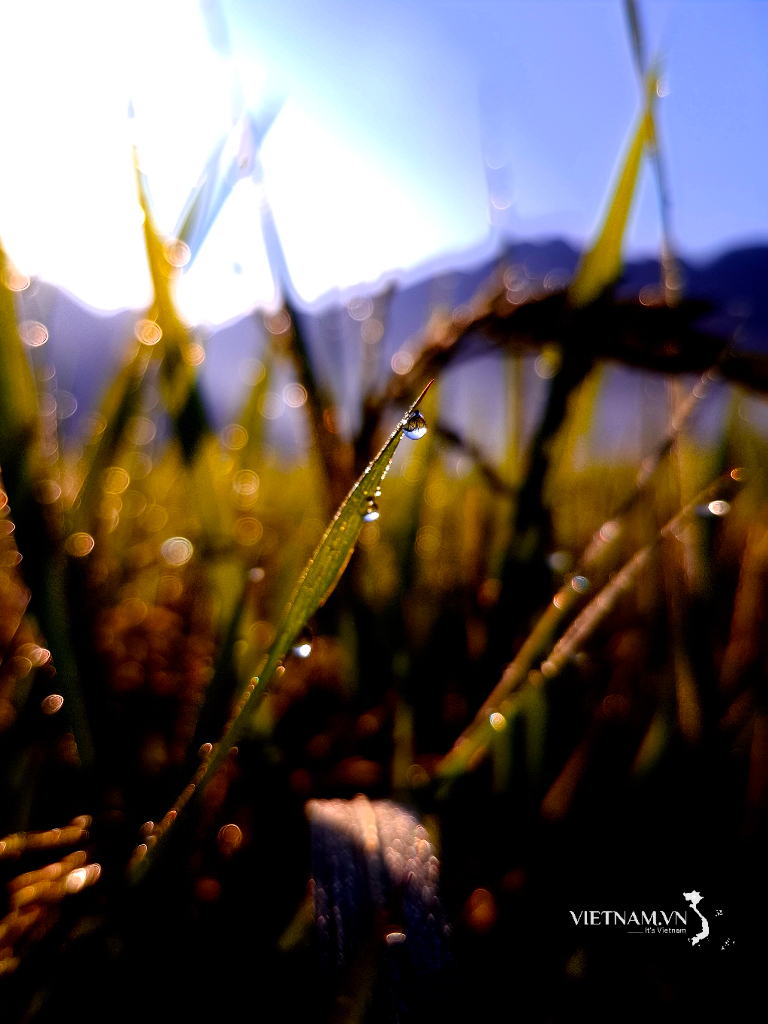
Comment (0)